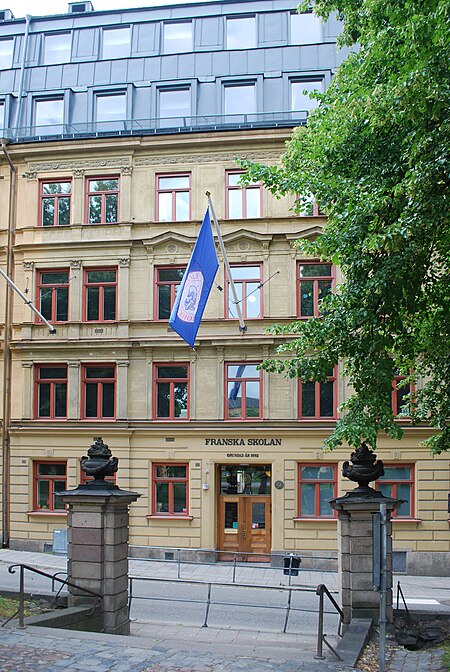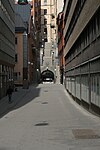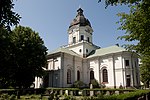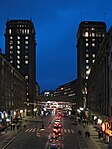Franska Skolan
Schools in StockholmSchools in Sweden

Franska Skolan (English: French School) is a private school located in Stockholm, Sweden. It was founded in 1862. French school (French: École Française) is a school located on Döbelnsgatan 9 in Stockholm, founded in 1862 originally as a girls' school of the Roman Catholic religious congregation Sisters of St. Joseph from France. The school follows the Swedish system of education, but all the students study French. The school's students are mainly Swedish children, but also francophone students study there. The current head principal is Björn Kullgard.
Excerpt from the Wikipedia article Franska Skolan (License: CC BY-SA 3.0, Authors, Images).Franska Skolan
Döbelnsgatan, Stockholm Norrmalm (Norrmalms stadsdelsområde)
Geographical coordinates (GPS) Address External links Nearby Places Show on map
Geographical coordinates (GPS)
| Latitude | Longitude |
|---|---|
| N 59.33863 ° | E 18.063371 ° |
Address
Franska Skolan
Döbelnsgatan
111 40 Stockholm, Norrmalm (Norrmalms stadsdelsområde)
Sweden
Open on Google Maps











